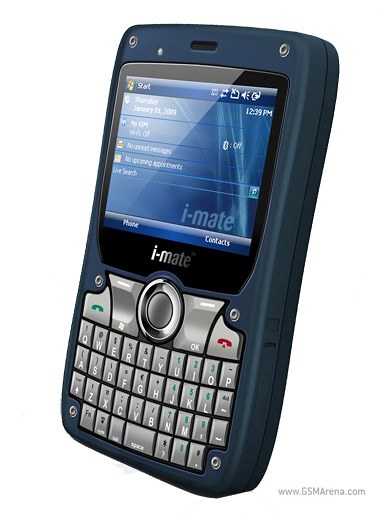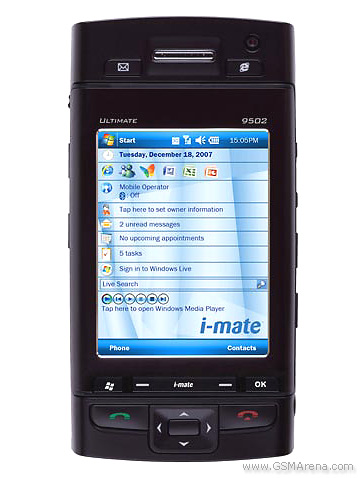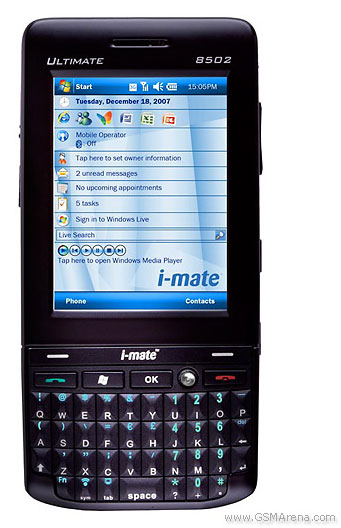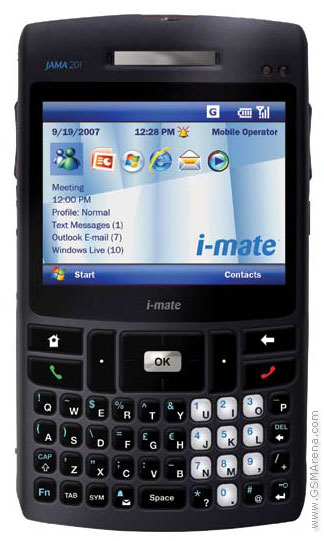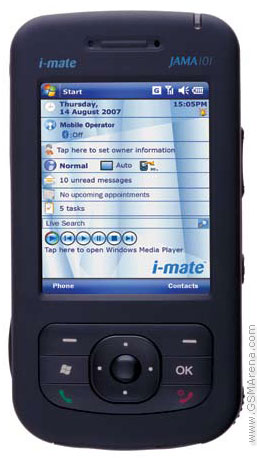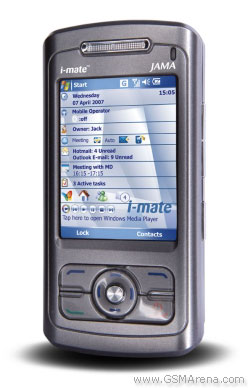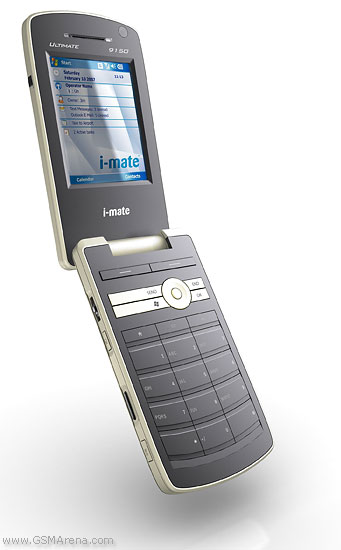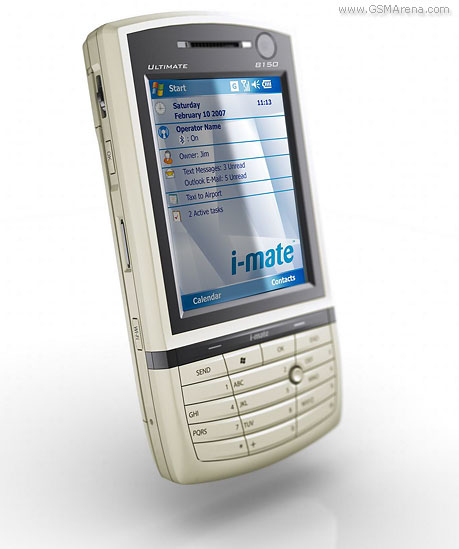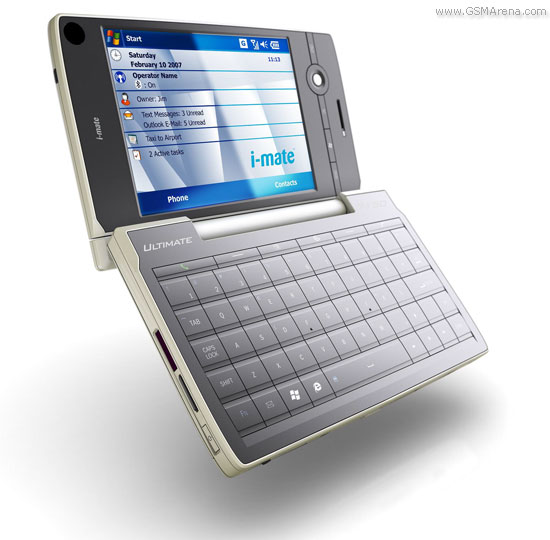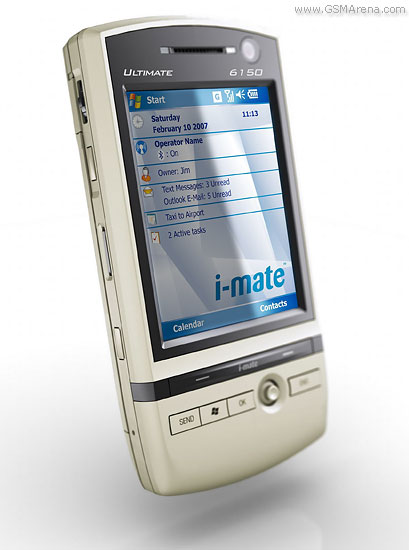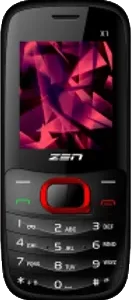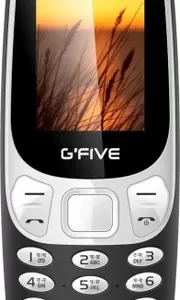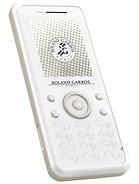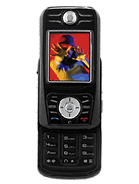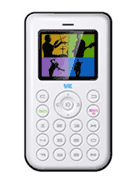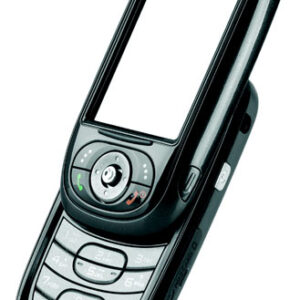i-mate PDA2 Overview
The i-mate PDA2, released in late 2004, was a Windows Mobile smartphone manufactured by HTC and rebranded by i-mate. It was a successor to the popular i-mate SP3 and offered several improvements, including a faster processor, more memory, and a higher resolution display.
Key Features:
- Operating System: Microsoft Windows Mobile 2003 Second Edition
- Display: 3.5-inch TFT LCD (240 x 320 pixels)
- Processor: Intel XScale PXA272 520 MHz
- RAM: 128 MB
- Storage: 64 MB ROM, expandable via SD and MMC cards
- Camera: 1.3 MP with video recording
- Battery: 1300 mAh Li-Ion
The i-mate PDA2 offered a wider range of features than its predecessor, including:
- Phone: Made and received calls, supported SMS and MMS messaging
- Email: Allowed users to send and receive emails
- Calendar: Helped users manage their schedules and appointments
- Contacts: Stored contact information
- Tasks: Helped users manage to-do lists
- Web browser: Enabled basic web browsing
- MP3 player: Played music files
- Bluetooth: Allowed for wireless connectivity with other devices
- Infrared: Allowed for data transfer with other devices
The i-mate PDA2 also retained the physical QWERTY keyboard that was popular on earlier smartphones.
While the i-mate PDA2 is considered outdated by today’s standards, it was a significant device in the early development of smartphones. It offered a wider range of features and functionality than its predecessors and helped to pave the way for the development of more advanced mobile devices.

